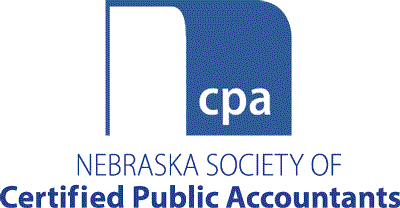WITH SELLER GUARANTEES:
1 Collection Pricing
When the seller receives payments based on collections or billings over a period of time, this is referred to as a “percentage of collections” or “percentage of billings”. The down payment, percentages, and payout terms vary widely. Traditionally, however, the buyer would pay a down payment of 20% of the estimated price and then pay 20% of collections each year for the first 4 years. This particular scenario is so common that many accountants think it is the only way practices can be sold! Understandably, buyers like these terms because payments are manageable and almost all the risk of client retention is transferred to the seller. Buyers will explain there is an “up-side” to the seller if the gross revenue increases year after year. However, most sellers are not comfortable assuming retention risk while they have little control over the clients’ experience with the new owner. Sellers also dislike the accounting and due diligence involved in calculating the collections year after year. If such a method is used, both the buyer and seller need to be sure everything is spelled out clearly from the beginning, addressing such issues as whether new clients or referrals will be included in the collections, and how “collections” will be applied and accounted for.
2 Look-back Pricing
In this type of sale the buyer “looks back” after a period of time and determines collections or billings; the sales price is then adjusted accordingly. There are many variations to this method. Although dollar for dollar adjustments are common, there can be alternative price adjustments such as allotting 50 cents for each dollar increased or decreased; or perhaps adjustments may be applied only after a 10% decrease or increase in actual collections; upward and downward caps may be placed on the adjustment, and so on. As you can see, there is room for creativity. This structure is similar to the first method in that the seller guarantees the revenue, but the seller’s risk is limited to a shorter period of time. The look-back method does not require seller financing. The seller could receive all cash at close, but then be obligated to refund a portion of the sales price if there is a negative adjustment at the end of the look-back period. In a twelve month look-back, the seller guarantees each client will show up at least once. In the collections scenario, the seller must rely on the buyer’s ability to keep the clients coming year after year. The look-back approach is a step closer to a fixed price since the seller has more control; however, the variations can be complicated, making it necessary for each party to be especially certain they understand the implication of each arrangement.
WITHOUT SELLER GUARANTEES:
3 Cash Pricing
This is when the seller receives 100% of the sales price in cash at closing. The buyer may be obtaining cash from personal funds or, more likely, from a third party lender. Third party financing can actually be more attractive to many buyers, as the payout terms are often extended over ten years rather than the 3-5 years we see when sellers finance the sale; and since most sellers prefer cash at close, this option is a win-win. The cash method has become more and more common in situations where healthy firms in desirable geographic locations change hands. An increase in institutional money available for accounting practice acquisitions, and a marketplace flush with buyers due to broker marketing, have both contributed to the increase in cash sales.
4 Fixed Seller Financed Pricing
In this final method, the sales price is determined prior to close with the seller carrying a portion of the sales price and the price remaining static throughout the life of the loan. When a buyer verbally communicates their intent to make this type of an offer, it is important to make sure the buyer is actually considering a fixed price. In view of the fact that traditional deals involve seller financing and an adjustable price based on collections (as described above), a seller may offer to finance a portion of the sales price and the buyer may interpret that to mean they are willing to be paid based on collections. Seller financing is appealing to buyers because 1) it is much easier than the bank application and underwriting process, 2) it keeps the seller “in the game” and motivates them to put forth more effort in the transition process (or so the buyer believes), and 3) it often comes with more favorable interest rates. Sellers are more attracted to fixed financing than to guarantee options, but they will still be concerned about collecting full payment. Sufficient down payments, good credit, excellent experience, and proper credentials will be required of the buyer.
Today, accounting and tax practices are sold in each of these four ways. As you can see, the premium offered to the seller lies within the deal terms themselves. Sellers need to present their practice in a way which attracts the largest number of quality buyers, and since the number of buyers affects the type of deal structure, using an experienced broker is the way to get the best price and terms!
Call The Holmes Group Today! 800-397-0249













